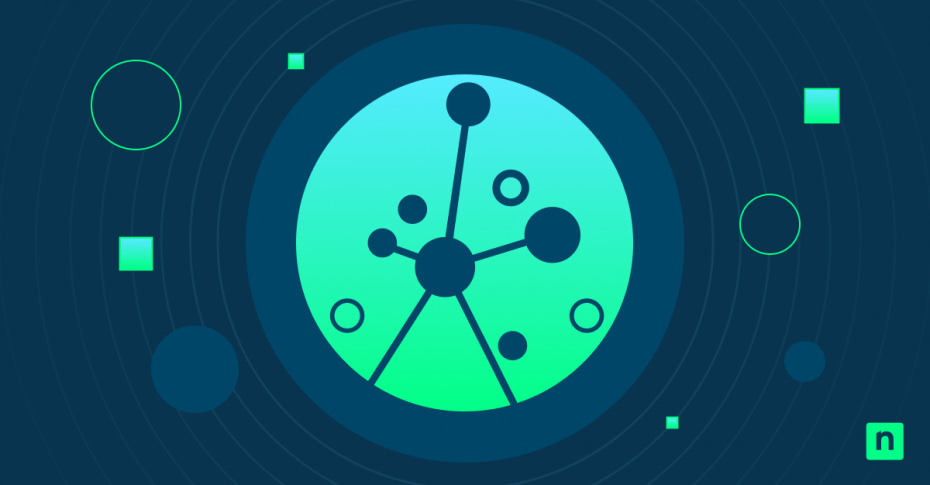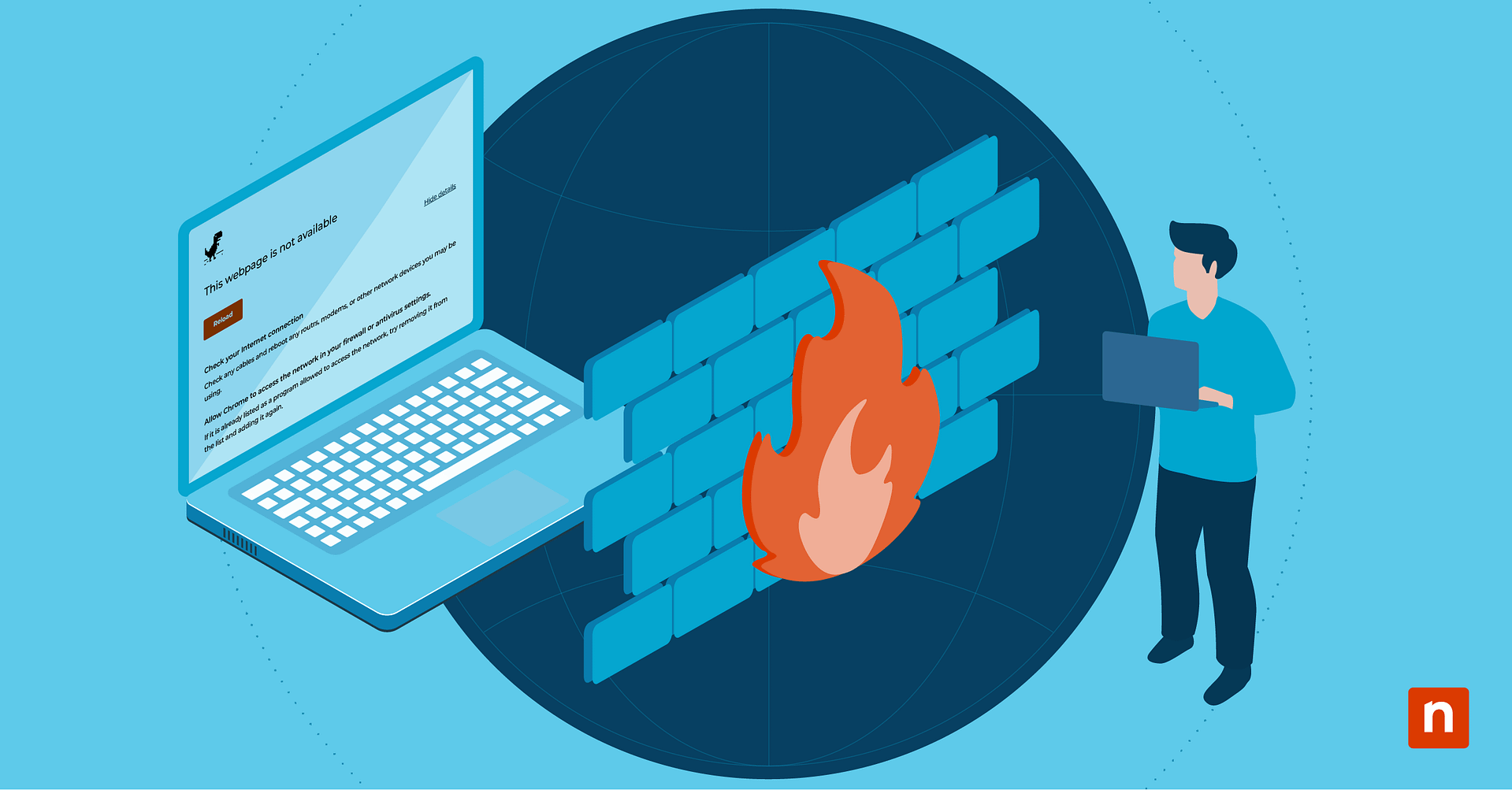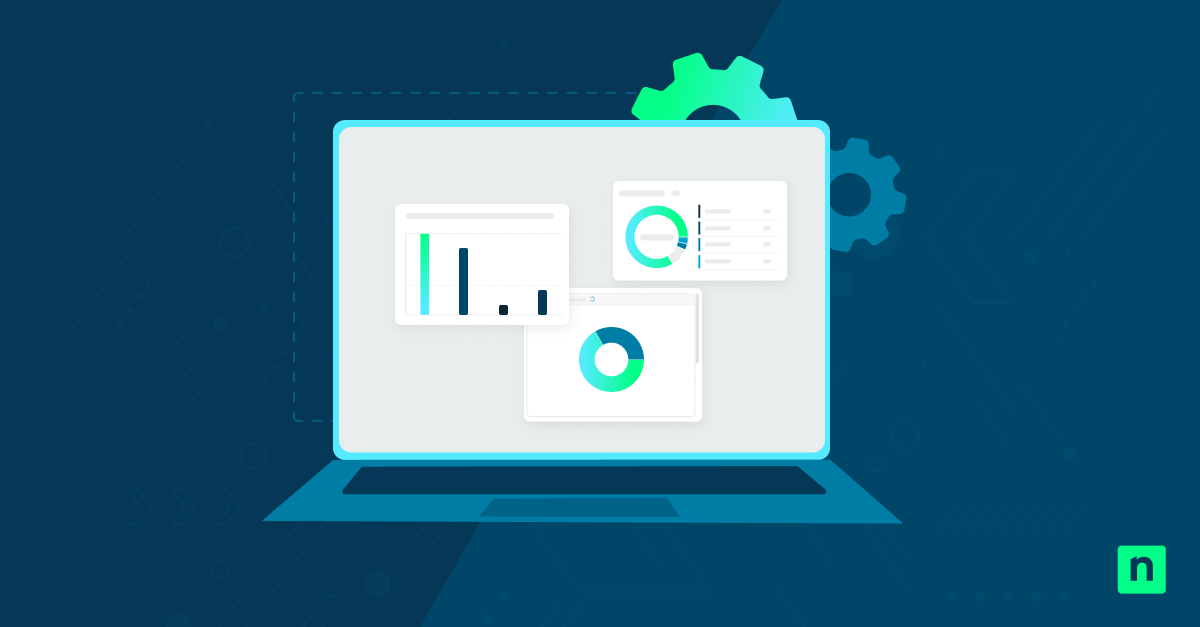Flow monitoring enables the identification of security threats and performance bottlenecks, so it’s vital for understanding network behavior. Analyzing traffic patterns allows for informed capacity planning, efficient resource allocation and improved compliance, contributing to a well-managed and optimized network infrastructure.
What is flow monitoring?
Unlike packet capture, which examines entire data packets, flow monitoring collects statistical information about traffic patterns — including source and destination IP addresses, ports, protocols and traffic volume. This network visibility tool helps you understand the network flow behavior across your environment without the overhead of full packet inspection.
The importance of network visibility
Comprehensive network visibility serves as the foundation for effective security and performance management. When you implement flow monitoring, you gain continuous insight into traffic patterns, allowing you to establish baseline behavior and quickly identify deviations that might indicate security incidents or performance issues. This visibility extends across your entire network infrastructure, from edge devices to core systems.
What is network flow?
Network flow data reveals the communication relationships between all devices in your network. By analyzing these patterns over time, you can identify which servers communicate with each other, when peak traffic occurs and how data typically moves through your infrastructure. This understanding of network flow behavior enables you to create accurate baseline profiles of normal activity.
When examining traffic patterns, you’ll notice some predictable cycles. Some key aspects include:
- Predictable cycles: Observing regular patterns such as increased usage during business hours and reduced traffic overnight.
- Visualization: Flow monitoring tools use intuitive dashboards to visualize these patterns, making it easier to spot unusual behavior.
- Capacity planning: Historical data aids in planning capacity upgrades by revealing traffic growth trends.
Identifying security threats
Serving as an early warning system, flow monitoring provides proactive alerts for potential security incidents by revealing unusual traffic patterns. Unlike signature-based detection systems that look for known threats, flow monitoring can identify zero-day attacks through behavioral analysis. This capability is particularly valuable for flow monitoring during DDoS attacks when traffic patterns dramatically shift.
Security teams use flow data to detect lateral movement within your network, data exfiltration attempts and communication with suspicious external IP addresses. The metadata collected includes connection duration, packet counts and protocol information — all valuable indicators of potential compromise. When integrated with threat intelligence feeds, flow monitoring can automatically flag connections to known malicious domains or IP addresses.
How flow monitoring works
Your routers, switches and other network equipment generate flow records containing statistical information about traffic passing through them. These records are then exported to collectors for analysis, providing visibility across your entire infrastructure. Flow monitoring operates by collecting and analyzing this metadata from network devices rather than examining the actual content of communications.
Flow monitoring tools and protocols
Several protocols facilitate flow monitoring across different environments. NetFlow, developed by Cisco, remains one of the most widely implemented standards for collecting IP traffic information. IPFIX (Internet Protocol Flow Information Export) extends NetFlow’s capabilities with greater flexibility and standardization across vendor platforms.
For more specialized environments, protocols like sFlow and jFlow offer sampling-based approaches that reduce processing overhead.
The tools you’ll use for flow monitoring typically include:
- Collectors: Receive and store flow data from network devices.
- Analyzers: Process flow records to identify patterns and anomalies.
- Visualization platforms: Present flow data through intuitive dashboards and reports.
- Alert systems: Notify you when predefined thresholds or suspicious patterns are detected.
- Integration components: Connect flow data with other security and management systems.
Real-time vs. historical analysis
With its ability to provide both immediate and long-term insights, flow monitoring provides real-time analysis and visibility into current traffic patterns, enabling rapid detection of ongoing security incidents or performance issues. When suspicious activity occurs, you can quickly investigate the source, destination, and characteristics of the traffic to determine appropriate responses.
Historical analysis complements real-time monitoring by establishing baselines and revealing trends over time. By examining months of flow data, you can identify seasonal patterns, gradual performance degradation or subtle security issues that develop slowly. This additional perspective can be invaluable for capacity planning, security forensics and compliance reporting — allowing you to demonstrate normal network behavior and document deviations when incidents occur.
Integration with network management systems
By connecting flow data with SIEM (Security Information and Event Management) platforms, you create a more comprehensive security posture where flow anomalies can be correlated with other security events for better threat detection.
Performance management systems also benefit from flow data by gaining deeper visibility into application behavior and user experience. When troubleshooting performance issues, the integration provides context about traffic patterns that might be affecting application response times. Additionally, flow monitoring can integrate with automation platforms to enable programmatic responses to detected anomalies.
Flow monitoring during DDoS attacks
During DDoS attacks, flow monitoring becomes particularly valuable as it’s not as easily overwhelmed as traditional security tools. Analyzing traffic patterns at the network level allows you to identify attack signatures and differentiate legitimate traffic from malicious requests. This visibility enables more effective mitigation strategies and helps maintain service availability during attack conditions.
Detecting abnormal traffic patterns
DDoS attacks also come with distinct traffic anomalies that differentiate them from normal operations. Volume-based attacks appear as sudden, massive spikes in traffic that far exceed normal baselines. Protocol attacks show unusual patterns in specific protocols like TCP or UDP. Application-layer attacks might reveal subtle but significant changes in request patterns to specific services.
The key indicators you’ll monitor include traffic volume metrics, connection counts, protocol distribution, and geographic source diversity. Advanced flow monitoring solutions apply machine learning algorithms to identify complex attack patterns that might otherwise go undetected. These systems continuously adapt to evolving threats by learning from historical attack data.
Responding to threats
For volumetric attacks, flow data helps you configure traffic filtering rules that block malicious sources while preserving legitimate connections. During protocol-based attacks, you can adjust network settings to limit the impact of protocol exploitation attempts. Once flow monitoring identifies attack patterns, you can implement targeted mitigation strategies.
Your response options typically include:
- Traffic filtering: Block malicious sources based on source IP addresses, protocols, or behavioral patterns.
- Rate limiting: Prevent resource exhaustion while maintaining service for legitimate users.
- Traffic diversion: Redirect suspicious or high-volume traffic to scrubbing centers that can handle and filter large attack volumes.
- Dynamic reconfiguration: Adjust network device settings in real time based on observed attack characteristics.
- Automated blocking: Integrate with firewall and IPS systems to automatically block attack traffic.
Using flow monitoring to optimize network performance
Beyond security applications, flow monitoring provides valuable insights for performance optimization. By examining traffic patterns across your infrastructure, you can identify bottlenecks, underutilized resources, and opportunities for more efficient routing. This visibility helps you make data-driven decisions about capacity planning, quality of service configurations, and application delivery optimization.
Flow data reveals which applications generate the most traffic, when peak usage occurs, and how traffic patterns change over time. With this information, you can implement targeted performance improvements like adjusting QoS settings to prioritize business-critical applications or reconfiguring network paths to balance traffic loads. The historical perspective from flow monitoring also supports more accurate capacity planning by showing actual usage trends.
Experience powerful RMM with NinjaOne
Ready to simplify IT management and boost your network visibility? Discover how NinjaOne’s Remote Monitoring and Management (RMM) platform can streamline monitoring, automate tasks, and keep your endpoints secure — all from a single, intuitive dashboard. Try it now for free!







